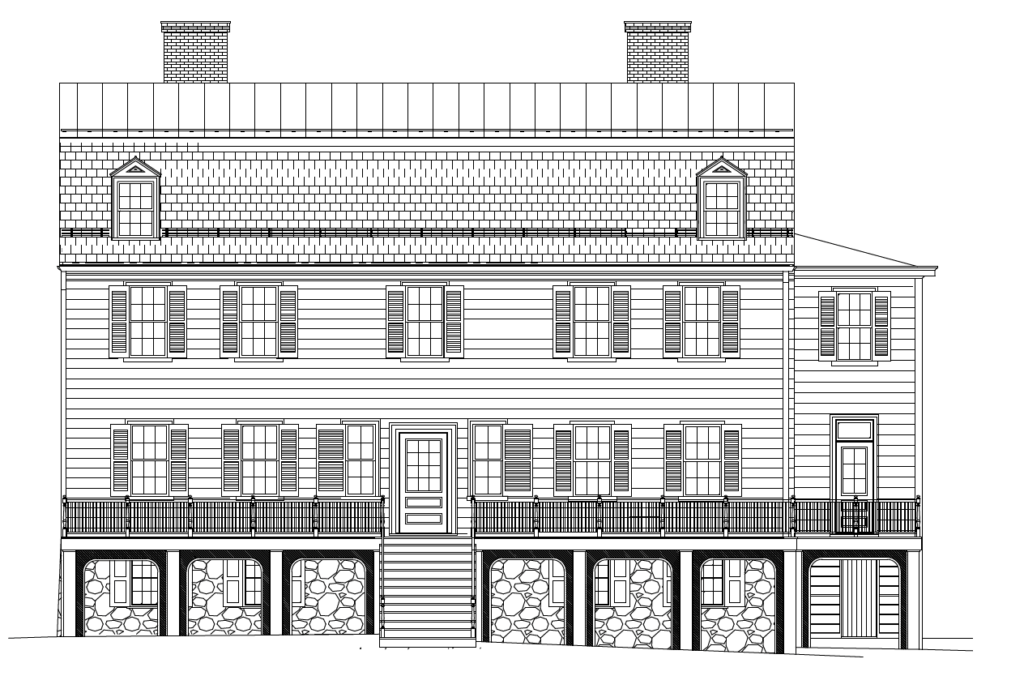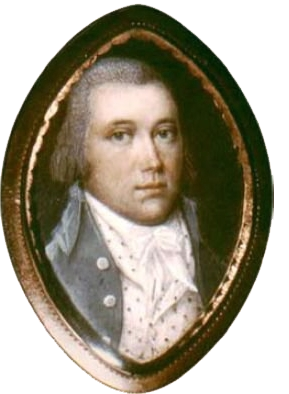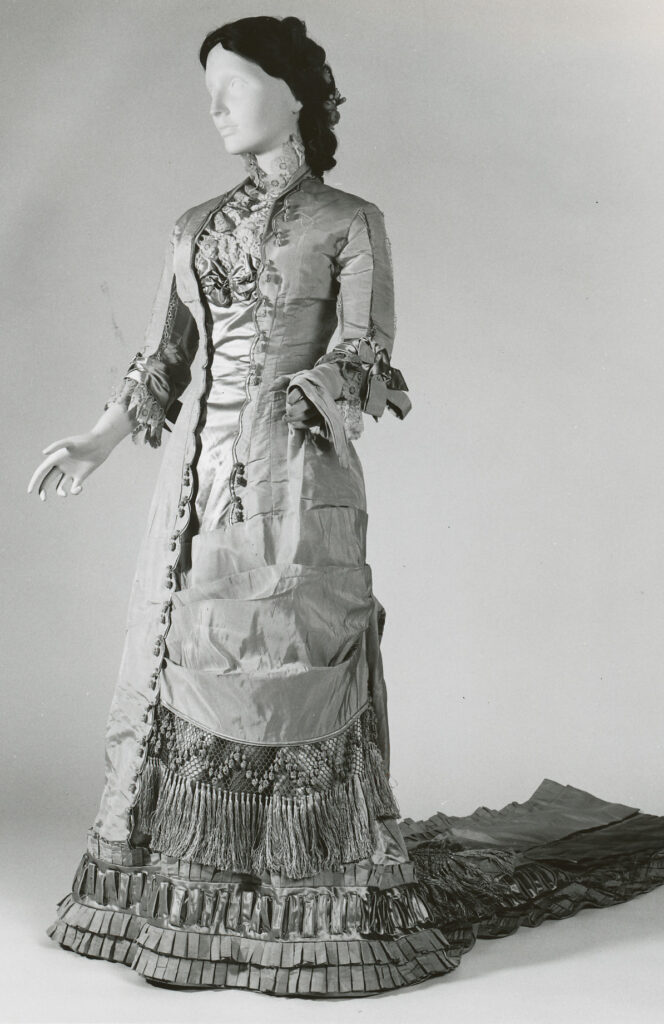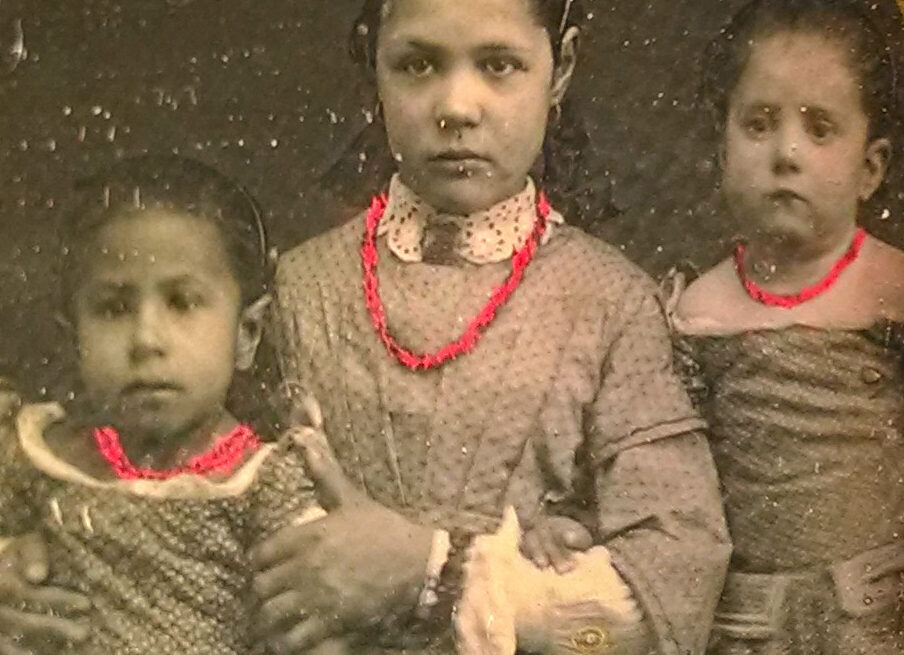MEET THE


Merchant Philip Van Rensselaer had Cherry Hill built as his country home in 1787.
In 1963, his last descendant died here.
Today, the house looks as the family left it: furnished to paint a picture of five generations of wealth and status.
 The 65,000 objects, letters, and photos left behind in the attic, though, paint another picture. They show that the family members were often in debt, anxious about social standing, and fearful of a changing world.
The 65,000 objects, letters, and photos left behind in the attic, though, paint another picture. They show that the family members were often in debt, anxious about social standing, and fearful of a changing world.
They reveal untold stories about others who lived here — among them Dinah Jackson, a trusted cook enslaved by the Van Rensselaers, and her descendants. And they bring to life the ways that class, race, gender, and human nature shaped life at Cherry Hill.
 Join us as we celebrate the people who lived and worked here (and work here today!), sharing their stories of love, loss, and resilience, and our stories of discovery, curation, and interpretation.
Join us as we celebrate the people who lived and worked here (and work here today!), sharing their stories of love, loss, and resilience, and our stories of discovery, curation, and interpretation.
Our Mission: Historic Cherry Hill invites diverse audiences to explore American history through the unique lens of one Albany household and, through intimate encounter with the past, encourages them toward new perspectives on their own stories and place in history.
Our Vision: Historic Cherry Hill will be a vibrant community anchor, a recognized research center and a focal point of heritage tourism.
KEY DATES & EVENTS
1787: Cherry Hill is built for 40-year-old merchant Philip Van Rensselaer, member of a powerful, prominent Albany family.
1827: Emancipation Day on July 4th brings freedom to those enslaved in this house and throughout New York State. In August, live-in hired hand Jesse Strang is hanged for murdering his lover’s husband in an upstairs bedroom.
1830: Cherry Hill’s 900 acres are divided among heirs.
1860s: Cherry Hill is down to about 25 acres.
1870s–1880s: As Albany industrializes, breweries and iron foundries emerge around Cherry Hill, which now sits (now about five acres). So does a working-class neighborhood of Irish Catholic and German immigrants.
1884: Unable to make mortgage payments, the family loses the house. After it’s sold at auction, Van Rensselaer descendant Kittie Rankin and her husband rent it until they save enough money to buy it back.
1900s: The Rankins install a fence around the house. Inside, they decorate the house to be a showcase of the Van Rensselaer’s Dutch colonial roots.
1963: Emily Rankin, the last descendant of Cherry Hill’s first owner and the house’s only resident, dies. Her will leaves the home to the people of Albany with instructions to make it into a museum.
1964: Cherry Hill opens as a museum.
KEY DATES & EVENTS
1787: Cherry Hill is built for 40-year-old merchant Philip Van Rensselaer, member of a powerful, prominent Albany family.
1827: Emancipation Day on July 4th brings freedom to those enslaved in this house and throughout New York State. In August, live-in hired hand Jesse Strang is hanged for murdering his lover’s husband in an upstairs bedroom.
1830: Cherry Hill’s 900 acres are divided among heirs.
1860s: Cherry Hill is down to about 25 acres.
1870s–1880s: As Albany industrializes, breweries and iron foundries emerge around Cherry Hill, which now sits (now about five acres). So does a working-class neighborhood of Irish Catholic and German immigrants.
1884: Unable to make mortgage payments, the family loses the house. After it’s sold at auction, Van Rensselaer descendant Kittie Rankin and her husband rent it until they save enough money to buy it back.
1900s: The Rankins install a fence around the house. Inside, they decorate the house to be a showcase of the Van Rensselaer’s Dutch colonial roots.
1963: Emily Rankin, the last descendant of Cherry Hill’s first owner and the house’s only resident, dies. Her will leaves the home to the people of Albany with instructions to make it into a museum.
1964: Cherry Hill opens as a museum.